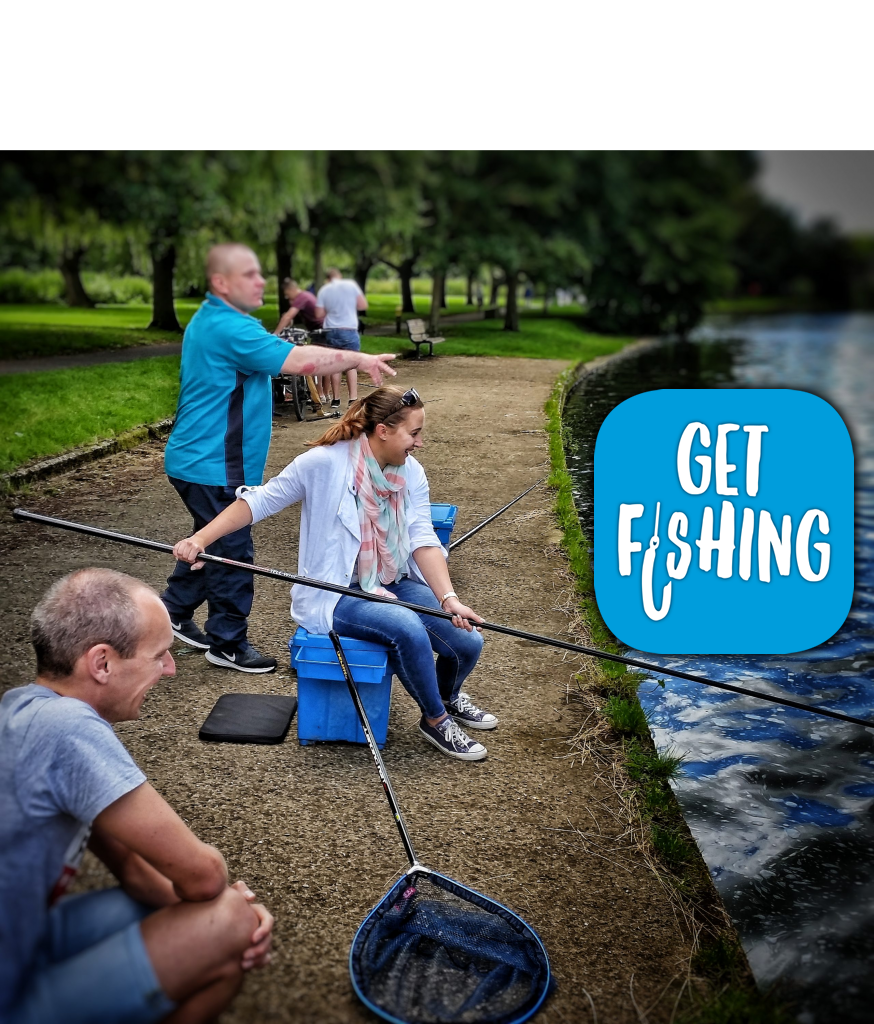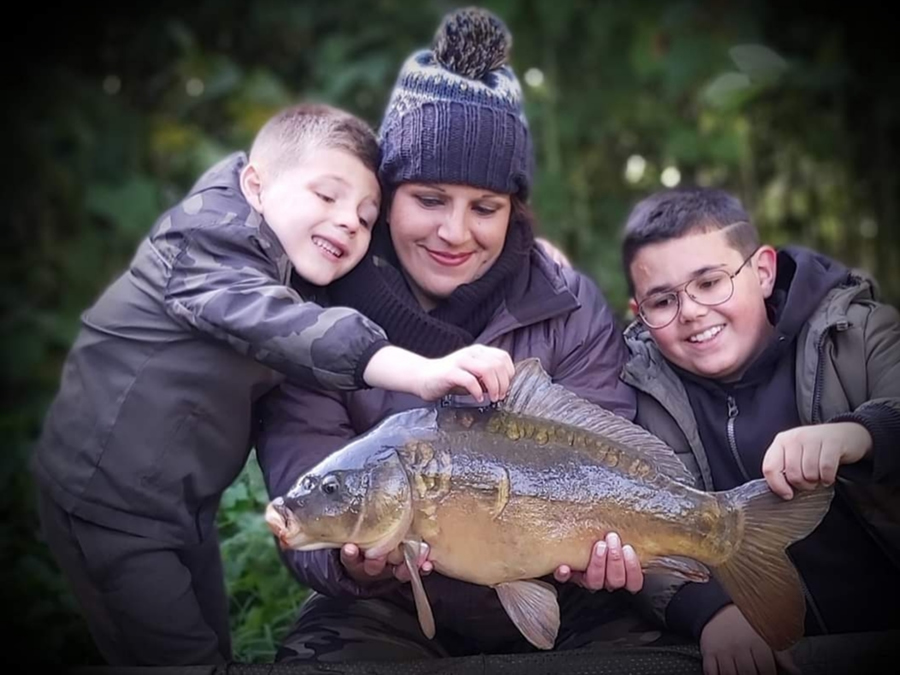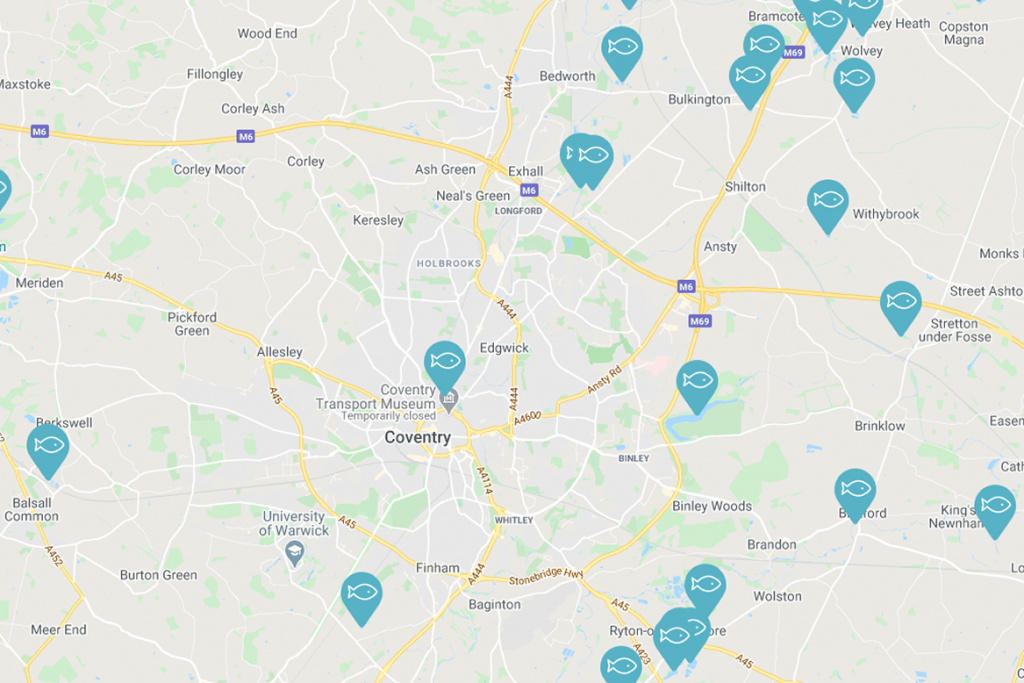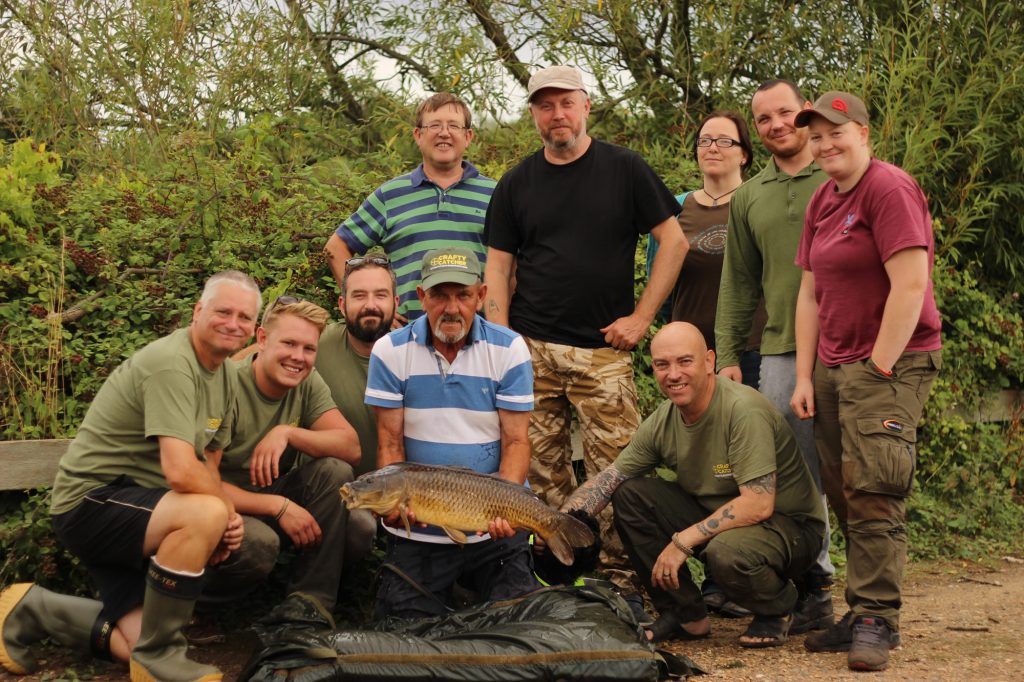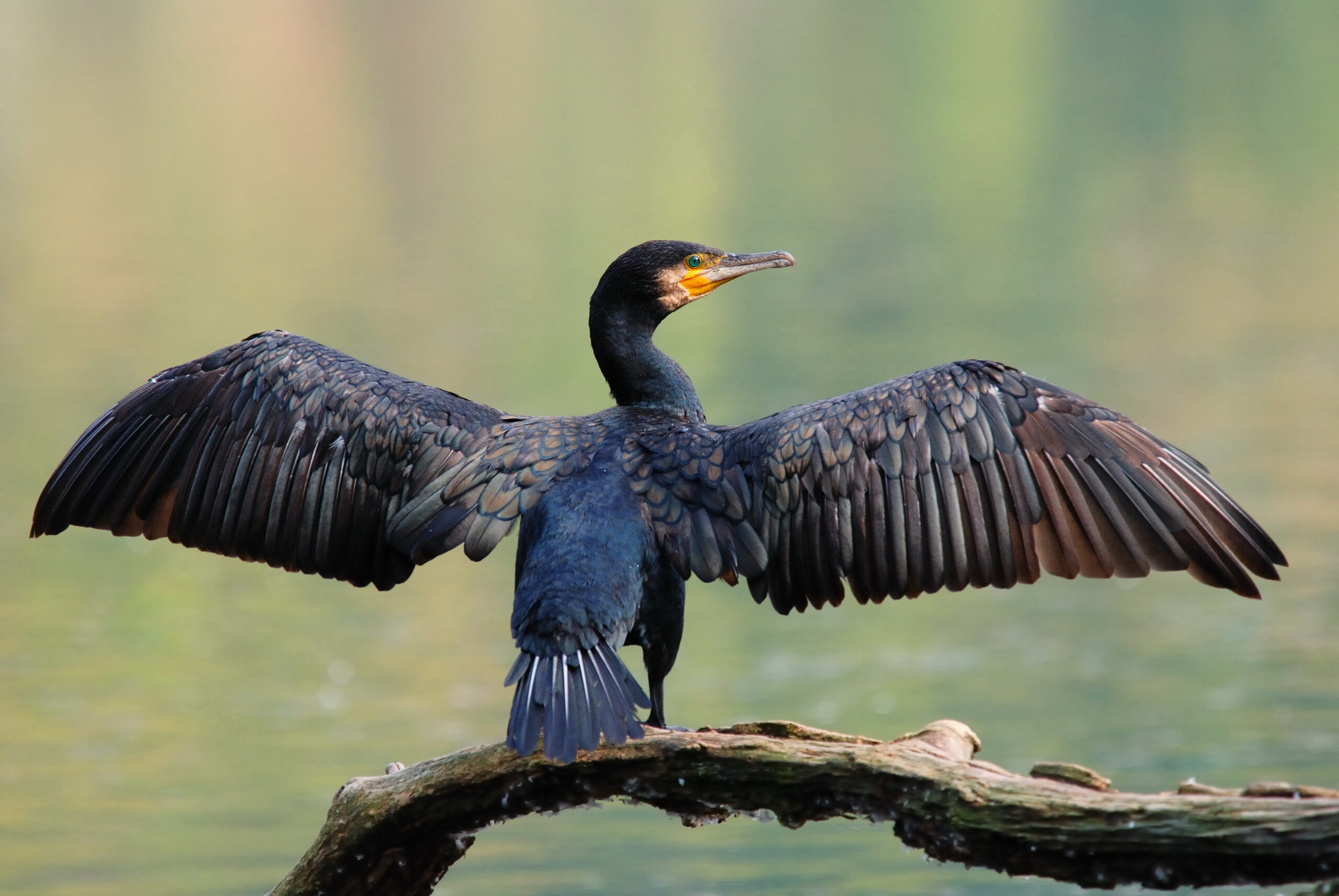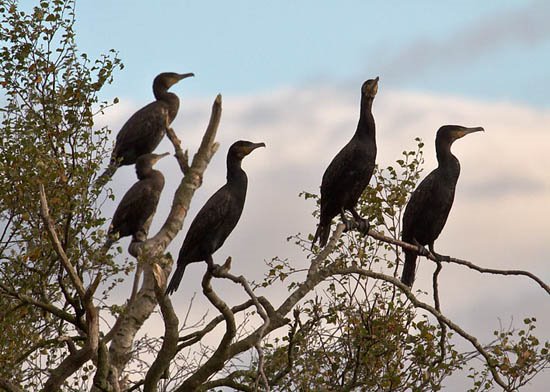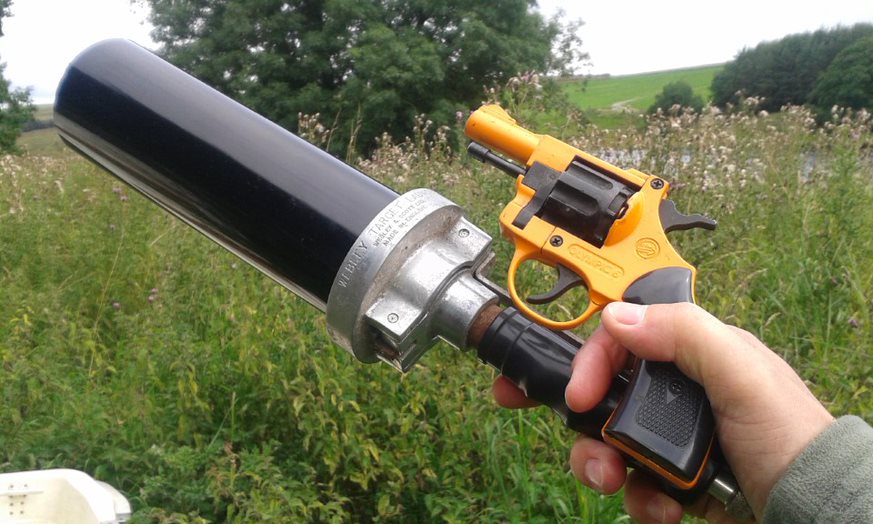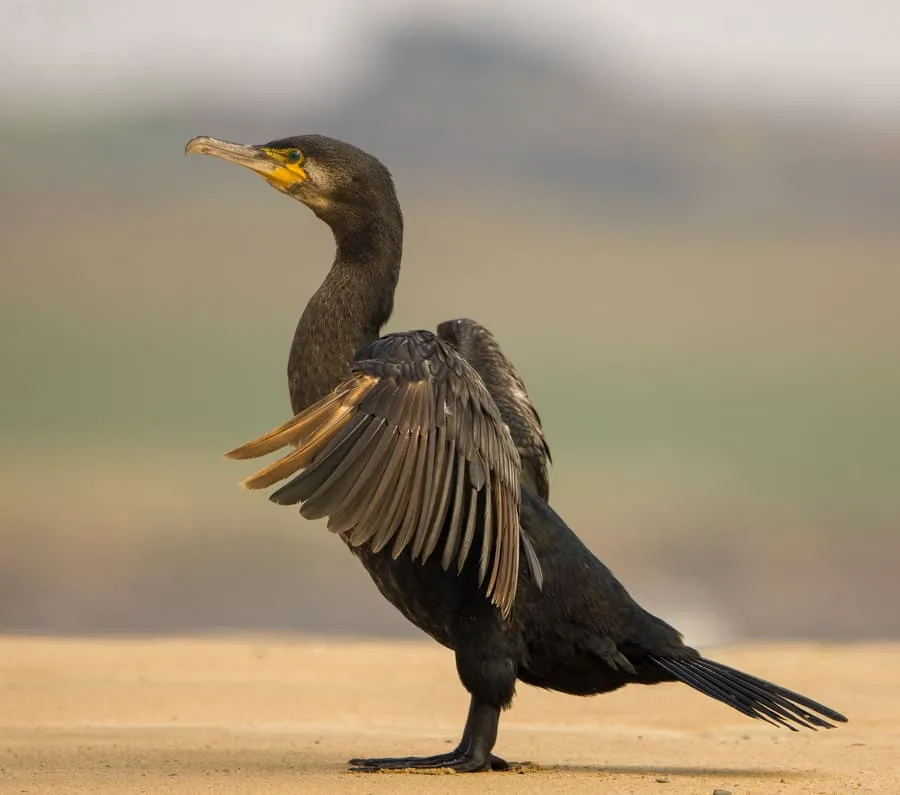Cormorants & Goosanders
The cormorant is an apex predator, unmatched in nature, and is unquestionably one of the biggest threats to the health of our inland fish populations, with there being hardly a country in the world that accepts it as an acceptable coexistent without robust management.
Cormorant numbers in the UK have increased from 2,000 in the 1980s to a current over-wintering population of more than 62,000, and with each bird requiring at least one pound of fish every day, the level of conflict is immense.
This burgeoning population, now over-wintering here in the UK, is mainly made up of the European sub-species Phalacrocorax carbosinensis, which prefer living and hunting inland in the freshwater of our rivers, streams and lakes.
Bird Counts
- Cormorant: Coordinated roosting bird data
- Goosander: Coordinated river counts
Natural England Fish-Eating Bird Licence Application Forms
- Natural England Licence A06 – Individual Application for a licence to kill or take cormorants causing serious damage to fisheries
- Natural England Area-Based Licence A06a – Application for a licence to kill or take cormorants causing serious damage to a group of fisheries within a defined area or catchment (area-based licence)
- Natural England Area-Based Licence A06b – Management Plan to support an application for an area-based licence
- Natural England Area-Based Licence A06c – Site Appendix to support an application for area-based licence
- Natural England Licence A07 – Individual Application for a licence to kill or take other fish eating birds (e.g. goosanders) causing serious damage to fisheries
